Email sales@AllianceChemical.com for 24/7 Expert Support
-
512-365-6838
-
Methanol ACS Reagent Grade
Category : Alcohols
$22.00
$0.00
Liquid error (snippets/product-blocks line 100): divided by 0
Off
Unit price
/
Shipping Notice: Possible Hazmat Fees
💡 Smart Shipping Tip: Quart & Liter Sizes Often Avoid Hazmat Fees
This size may be classified as hazmat and can incur additional carrier fees. See shipping guide
- ✅ Good news: 1 Quart containers qualify as "Limited Quantity" and bypass hazmat rules
- 💡 Pro tip: Order multiple 1 Quart containers to avoid hazmat fees entirely
- 💰 Hazmat fees can get expensive - especially for larger containers (carrier charges, not our markup)
- 🚚 Ground shipping only - no expedited options for sizes over 1 Qt/1L
Required by 49 CFR § 173.150 for chemical containers larger than 1 quart. Actual fees shown at checkout. View our complete shipping guide →
✅ Great Choice! No Hazmat Fees
1 Quart containers qualify as "Limited Quantity" and avoid hazmat shipping fees.
- 🚀 Faster shipping: Eligible for expedited shipping options including air transport
- 💰 No hazmat fees: Ships as "Limited Quantity" per DOT regulations
- 📦 Convenient size: Perfect for testing or smaller applications
- ♻️ Smart choice: Order multiple quarts to get the volume you need without hazmat charges
Exempted under 49 CFR § 173.150 Limited Quantity provisions for containers ≤1 liter/quart. Learn more in our shipping guide →
Quantity
Size:
Variation:
-
$22.00Delivery every$20.90
-
$26.00Delivery every$24.70
-
$35.00Delivery every$33.25
-
$42.00Delivery every$39.90
-
$31.75Delivery every$30.16
-
$45.85Delivery every$43.56
-
$73.77Delivery every$70.08
-
$2,247.80Delivery every$2,135.41
-
$138.00Delivery every$131.10
-
$485.00Delivery every$460.75
-
$4,000.00Delivery every$3,800.00
-
$325.00Delivery every$308.75
-
$750.00Delivery every$712.50
-
$2,900.00Delivery every$2,755.00
-
$3,500.00Delivery every$3,325.00
-
$3,990.00Delivery every$3,790.50
$22.00
$0.00
Liquid error (snippets/product-sticky-blocks line 69): divided by 0
Off
Unit price
/
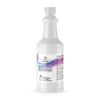
Methanol ACS Reagent Grade
$22.00
$0.00
Liquid error (snippets/sticky-product line 56): divided by 0
Off
Unit price
/
Size:
Variation:
-
$22.00Delivery every$20.90
-
$26.00Delivery every$24.70
-
$35.00Delivery every$33.25
-
$42.00Delivery every$39.90
-
$31.75Delivery every$30.16
-
$45.85Delivery every$43.56
-
$73.77Delivery every$70.08
-
$2,247.80Delivery every$2,135.41
-
$138.00Delivery every$131.10
-
$485.00Delivery every$460.75
-
$4,000.00Delivery every$3,800.00
-
$325.00Delivery every$308.75
-
$750.00Delivery every$712.50
-
$2,900.00Delivery every$2,755.00
-
$3,500.00Delivery every$3,325.00
-
$3,990.00Delivery every$3,790.50
Ask a question
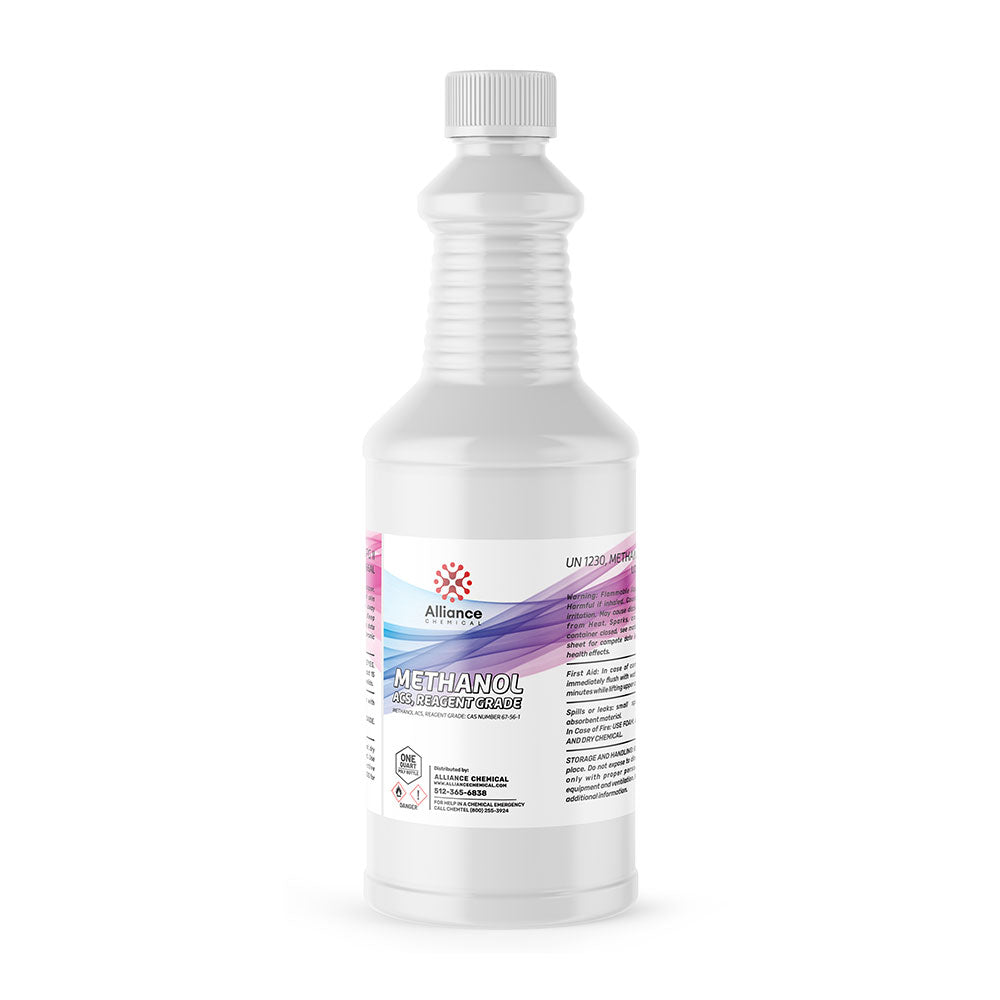
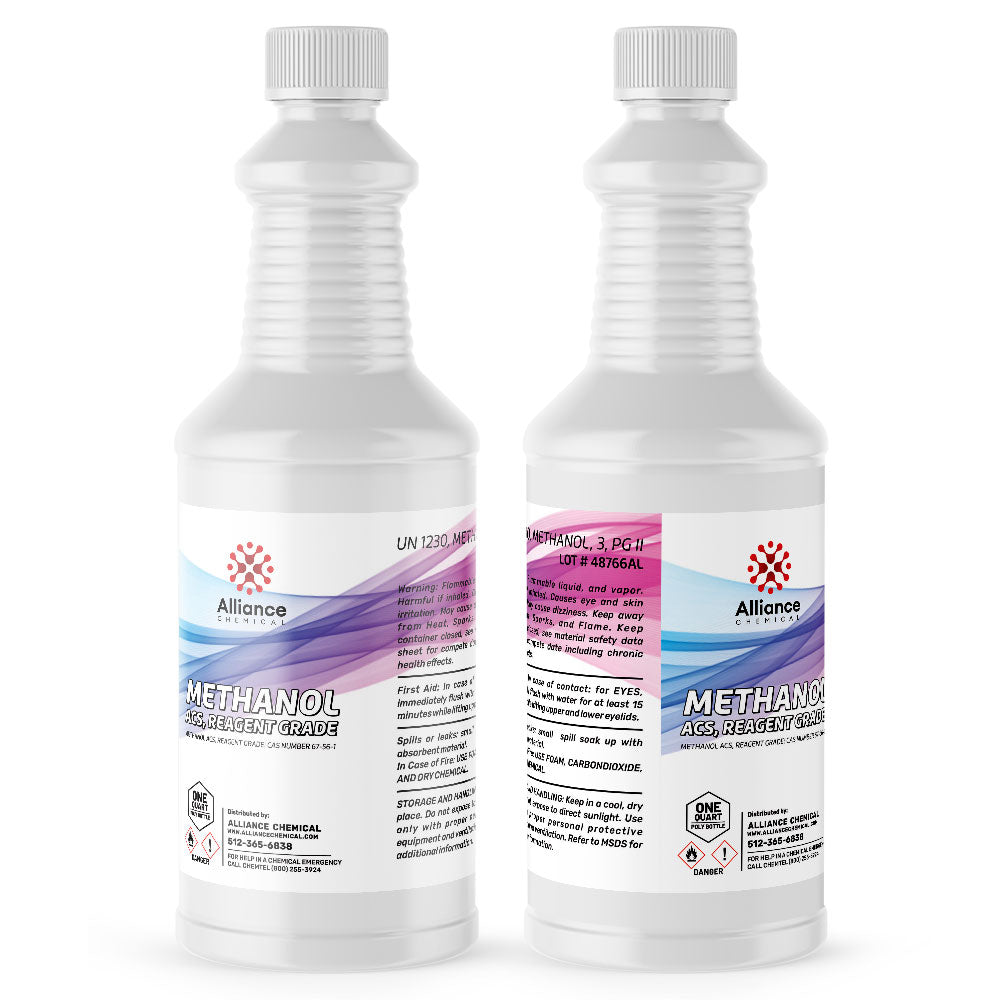
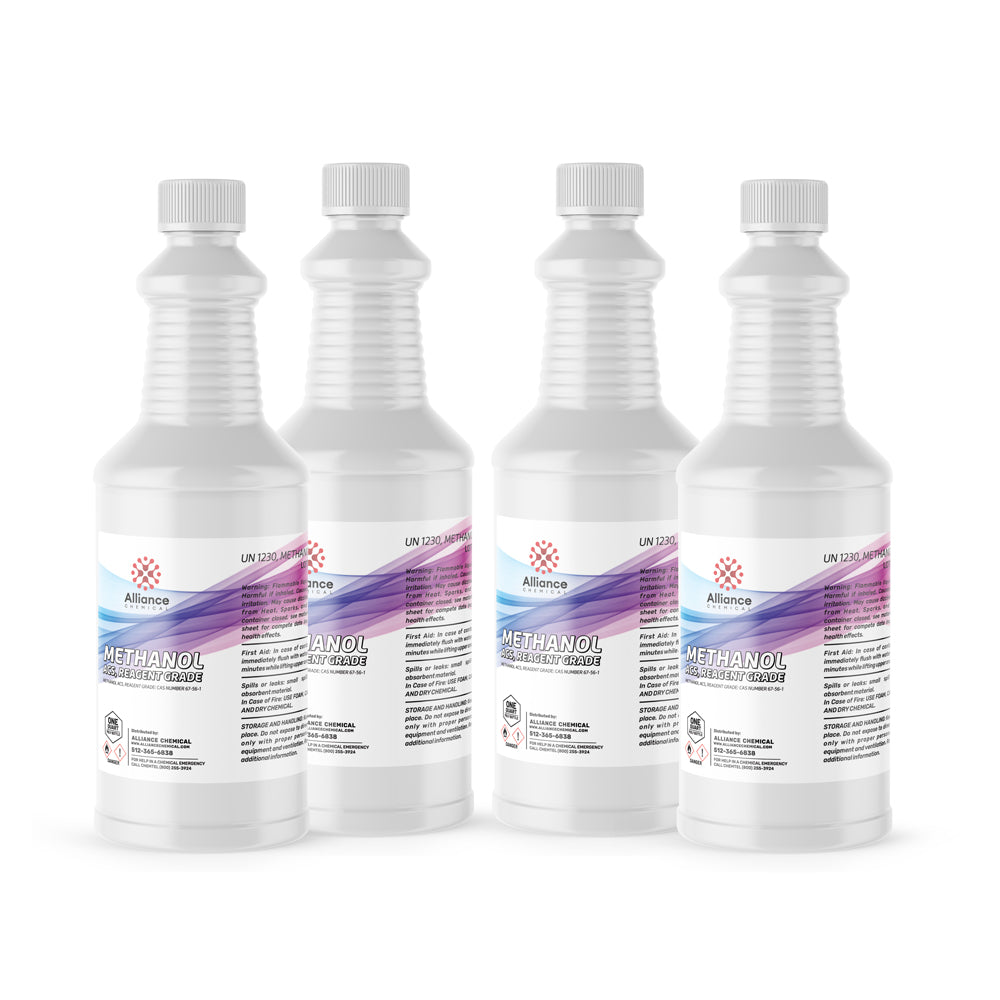
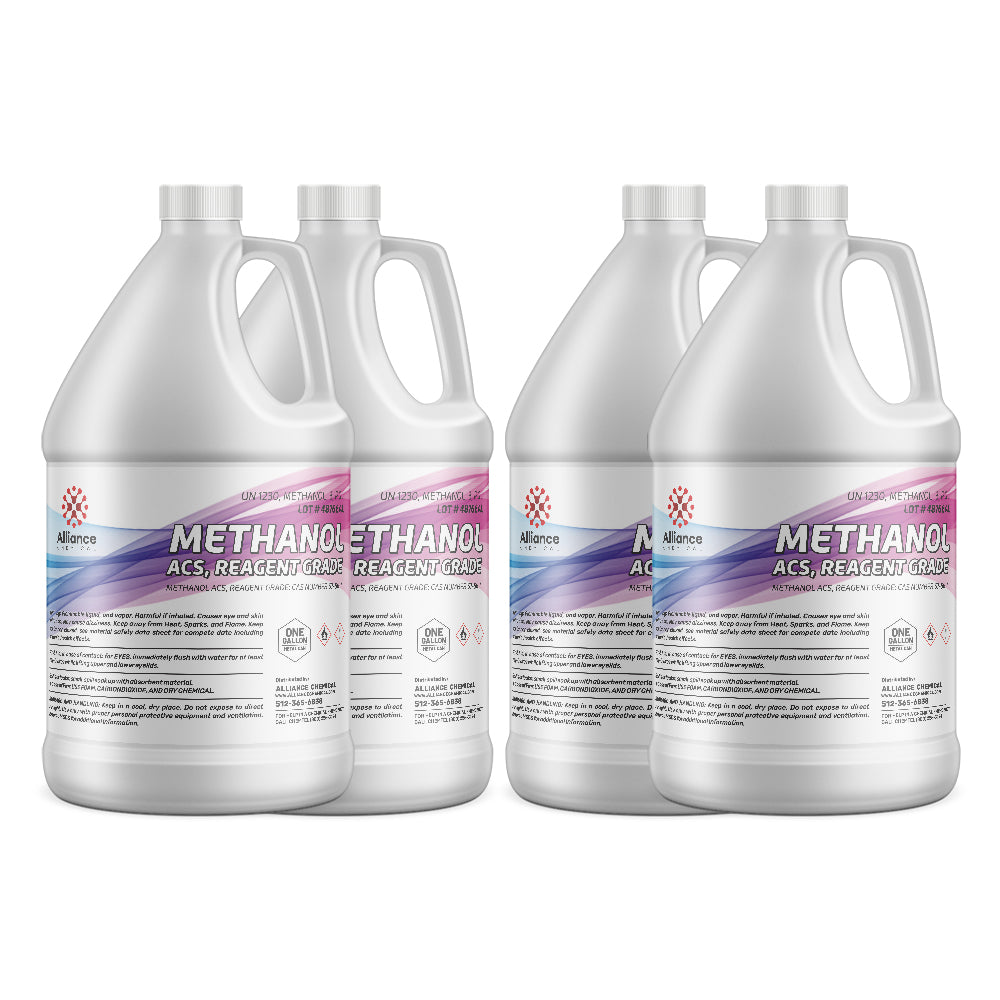
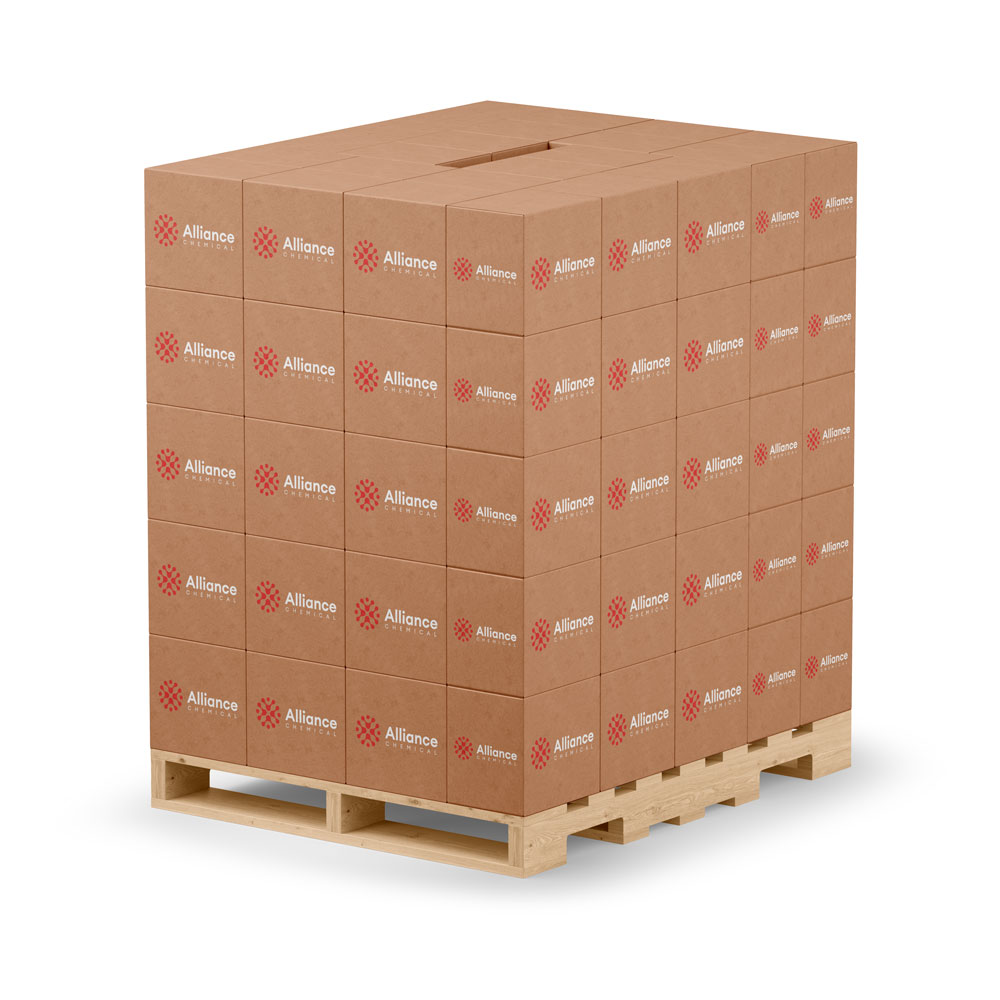
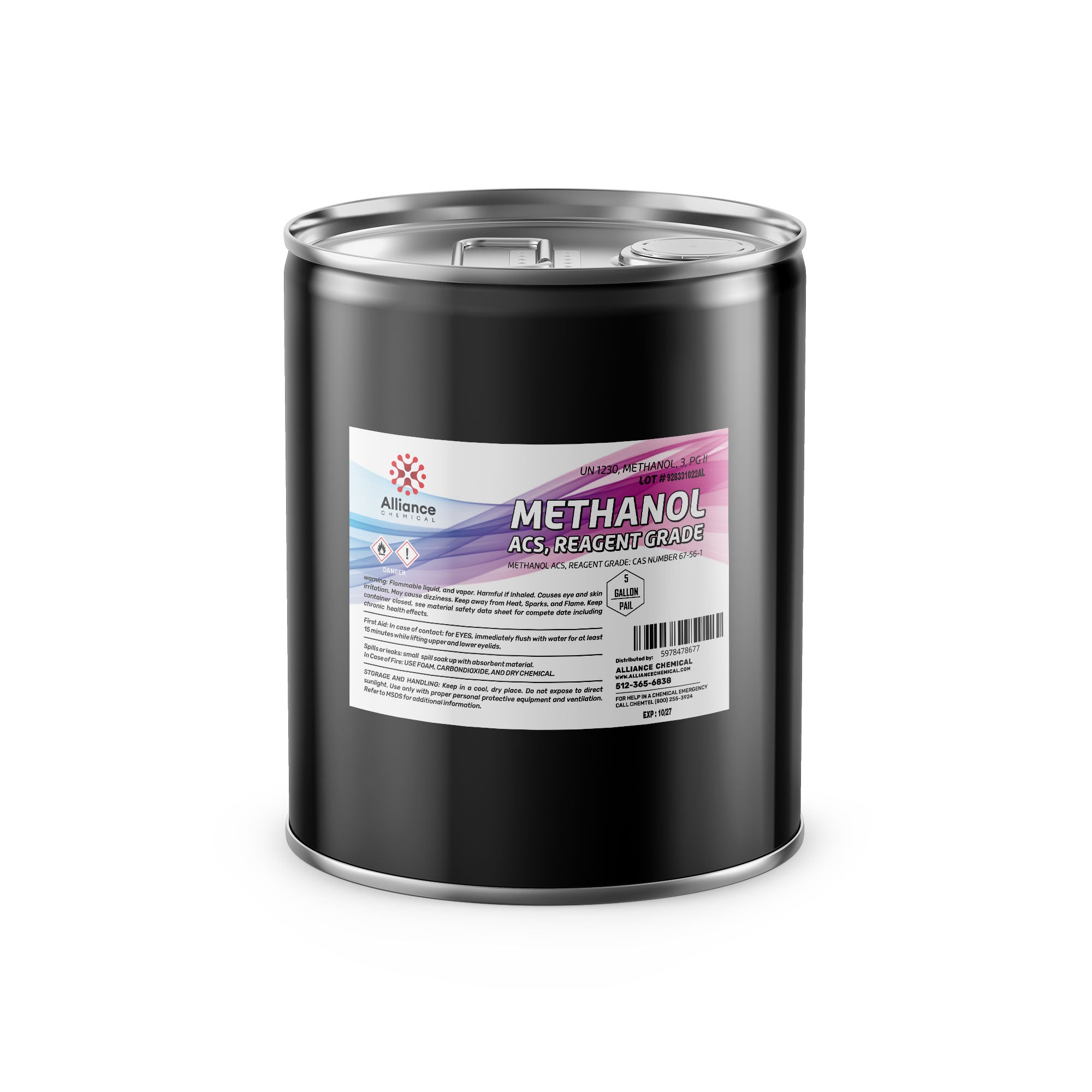
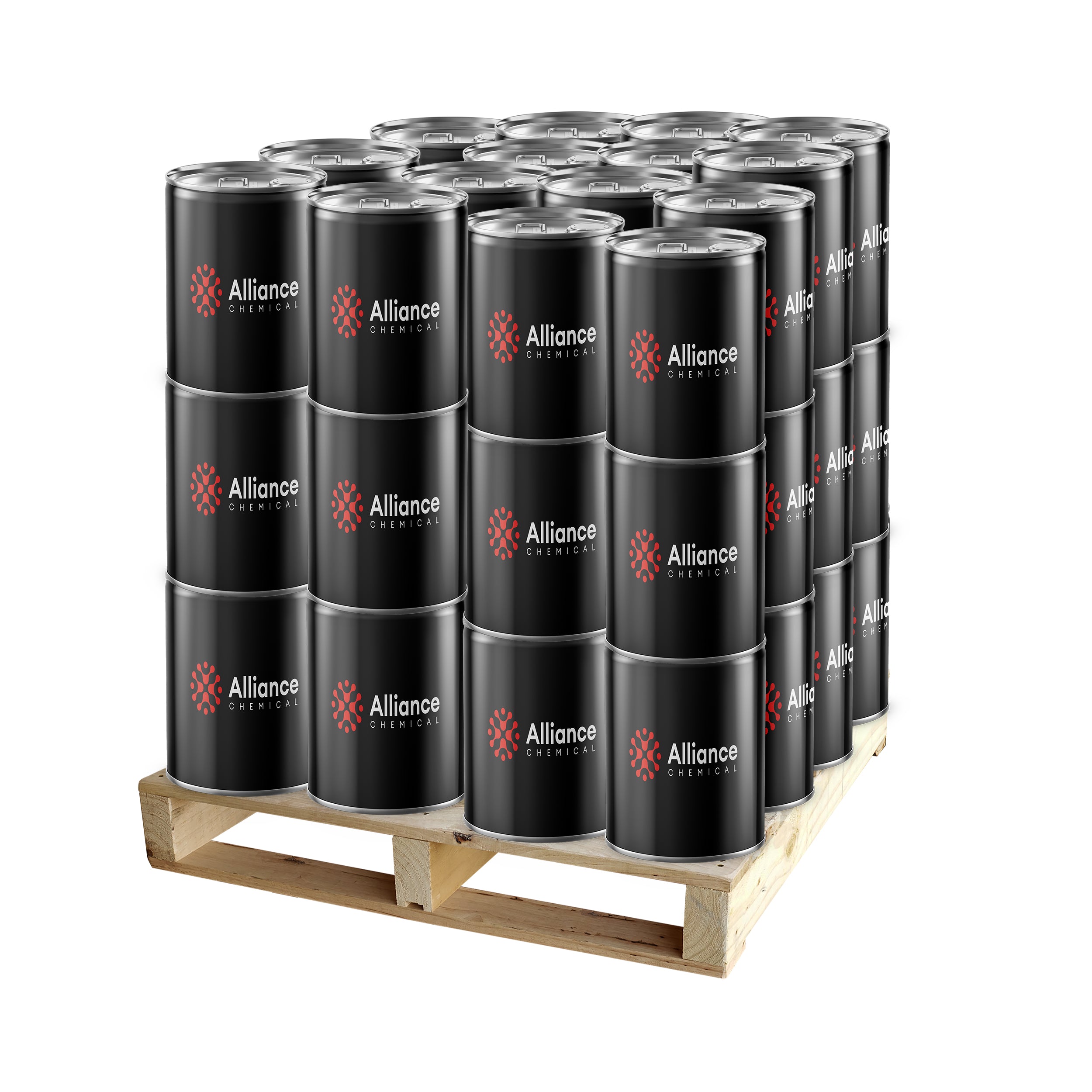

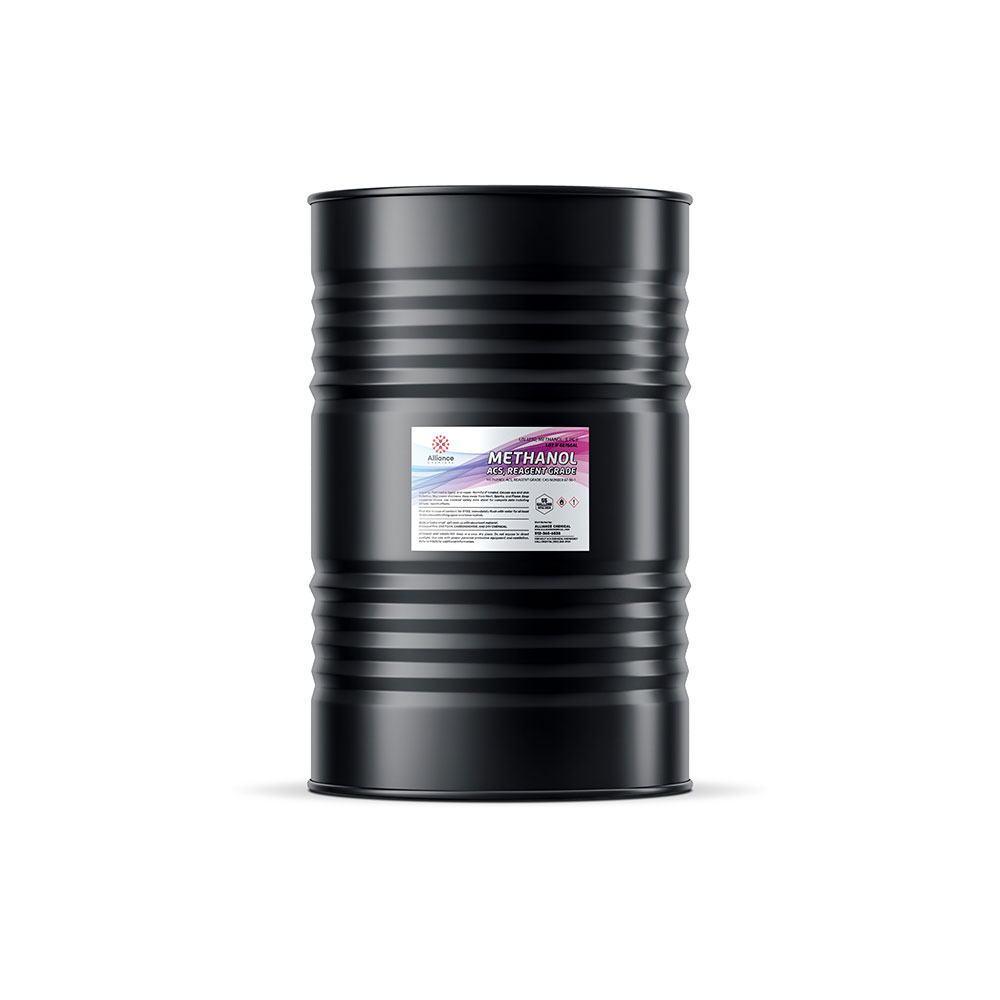
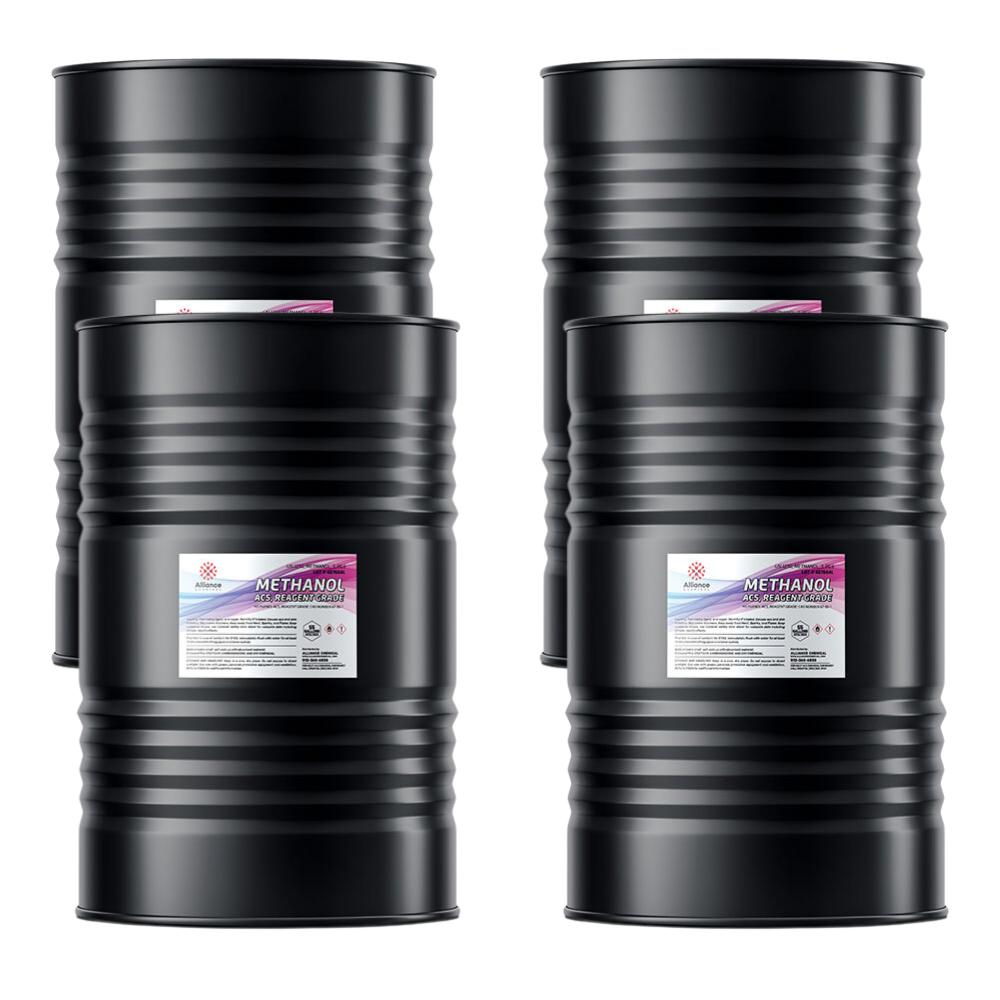
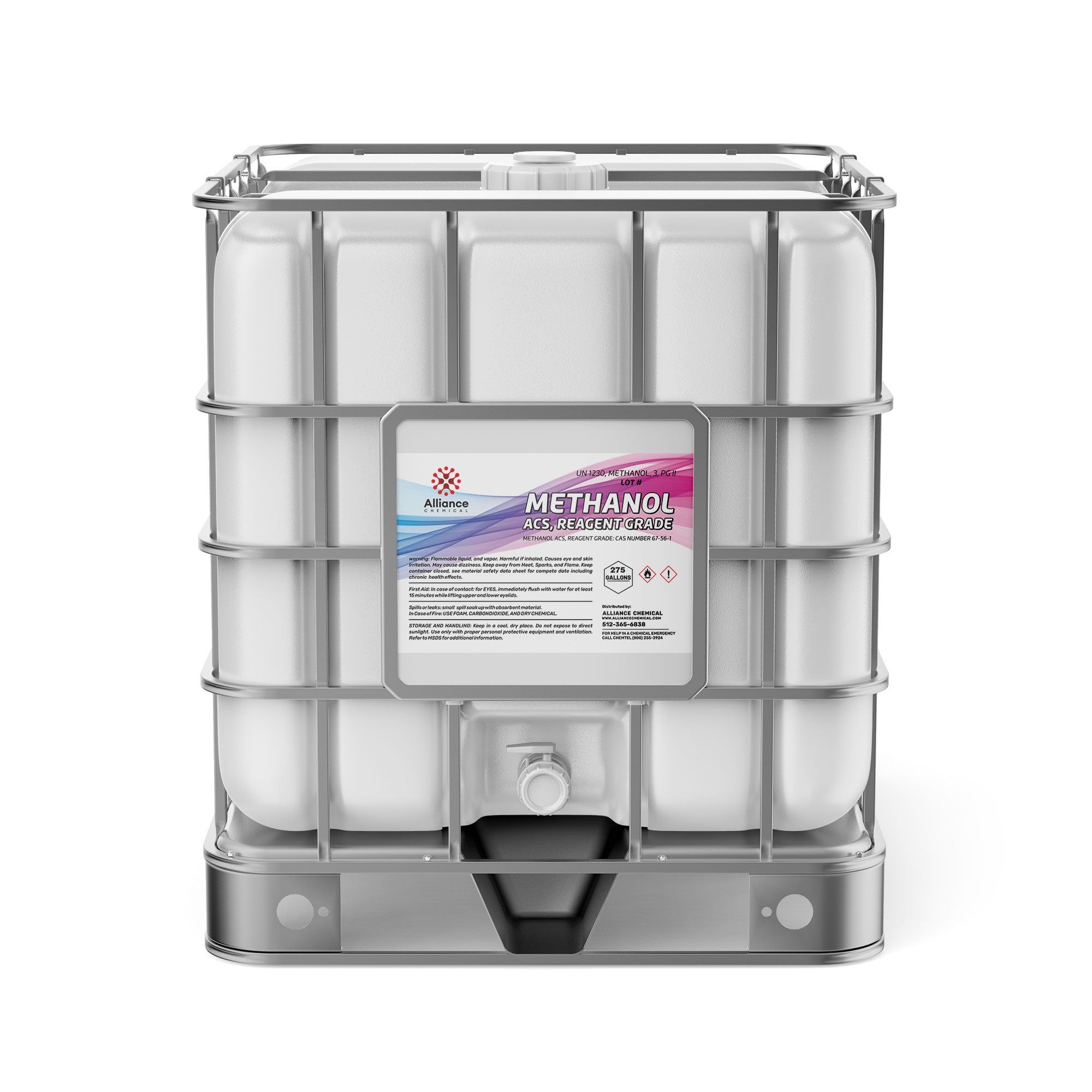
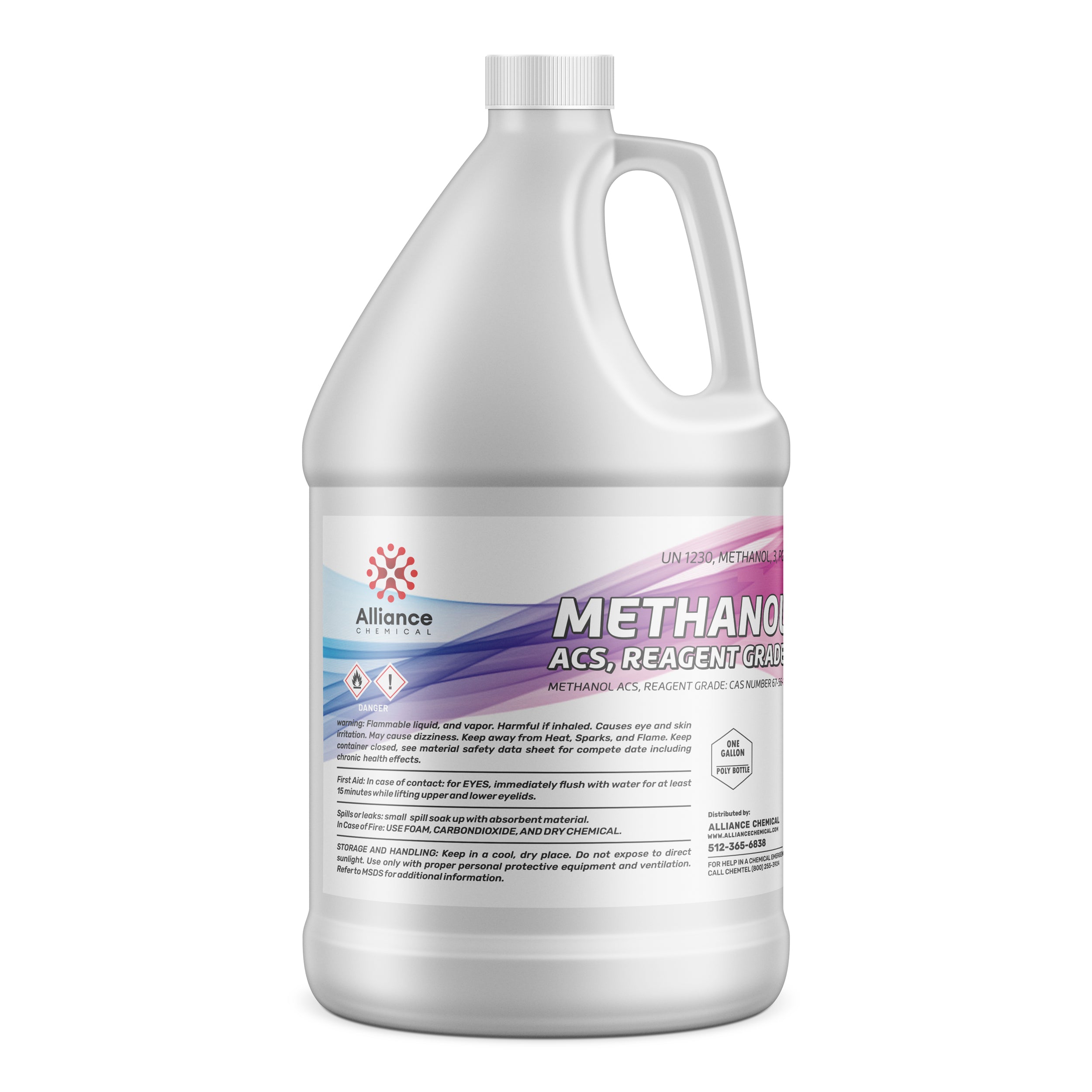
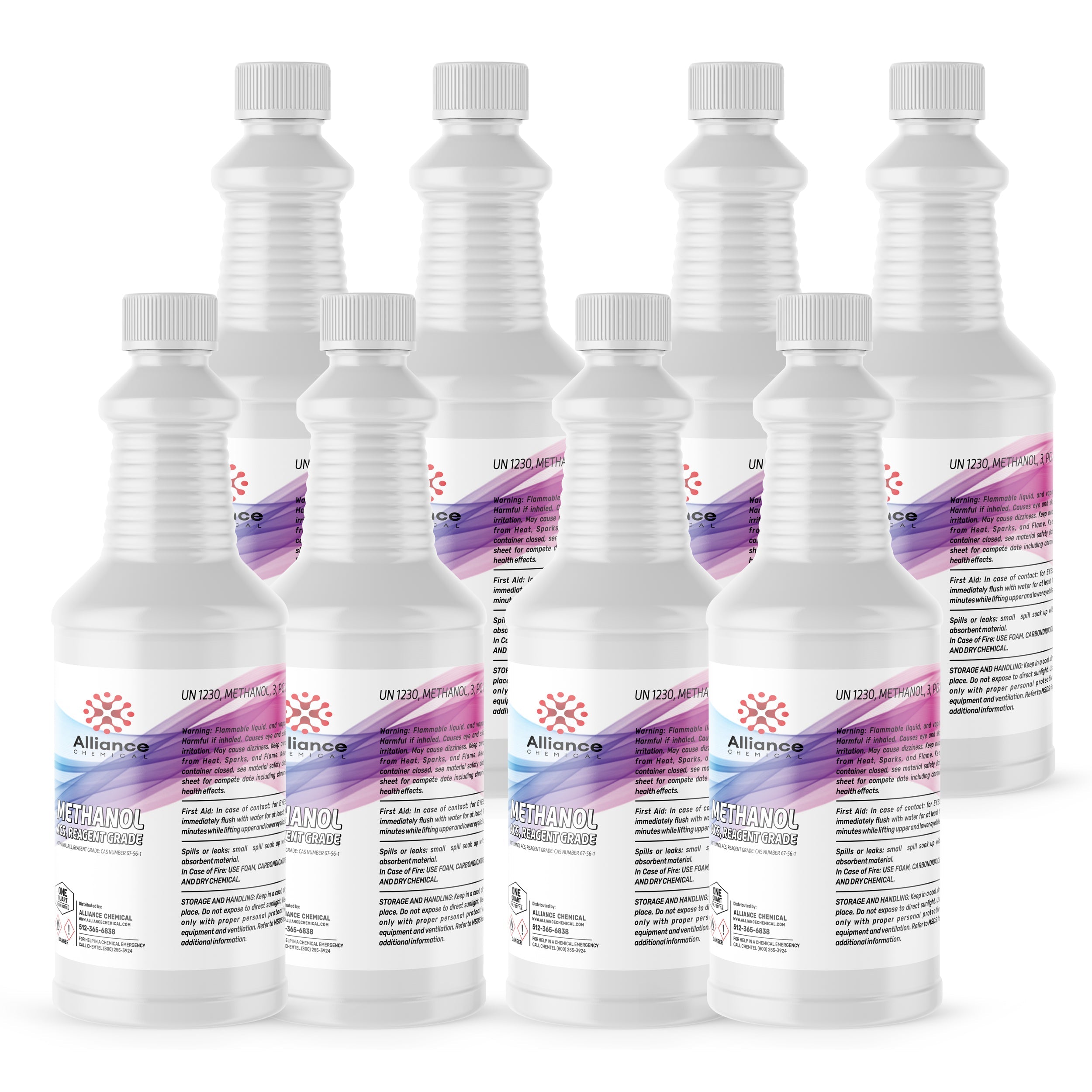
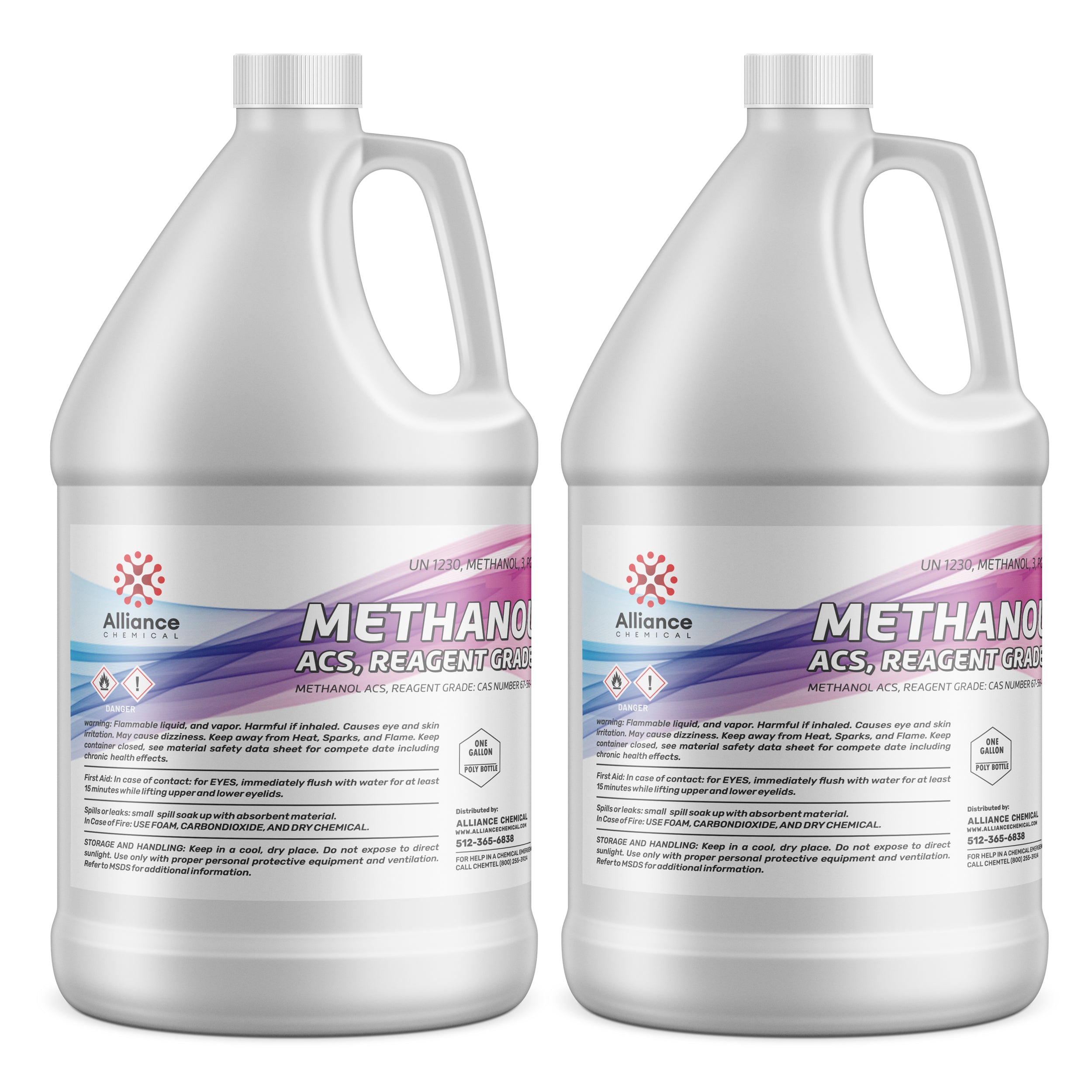
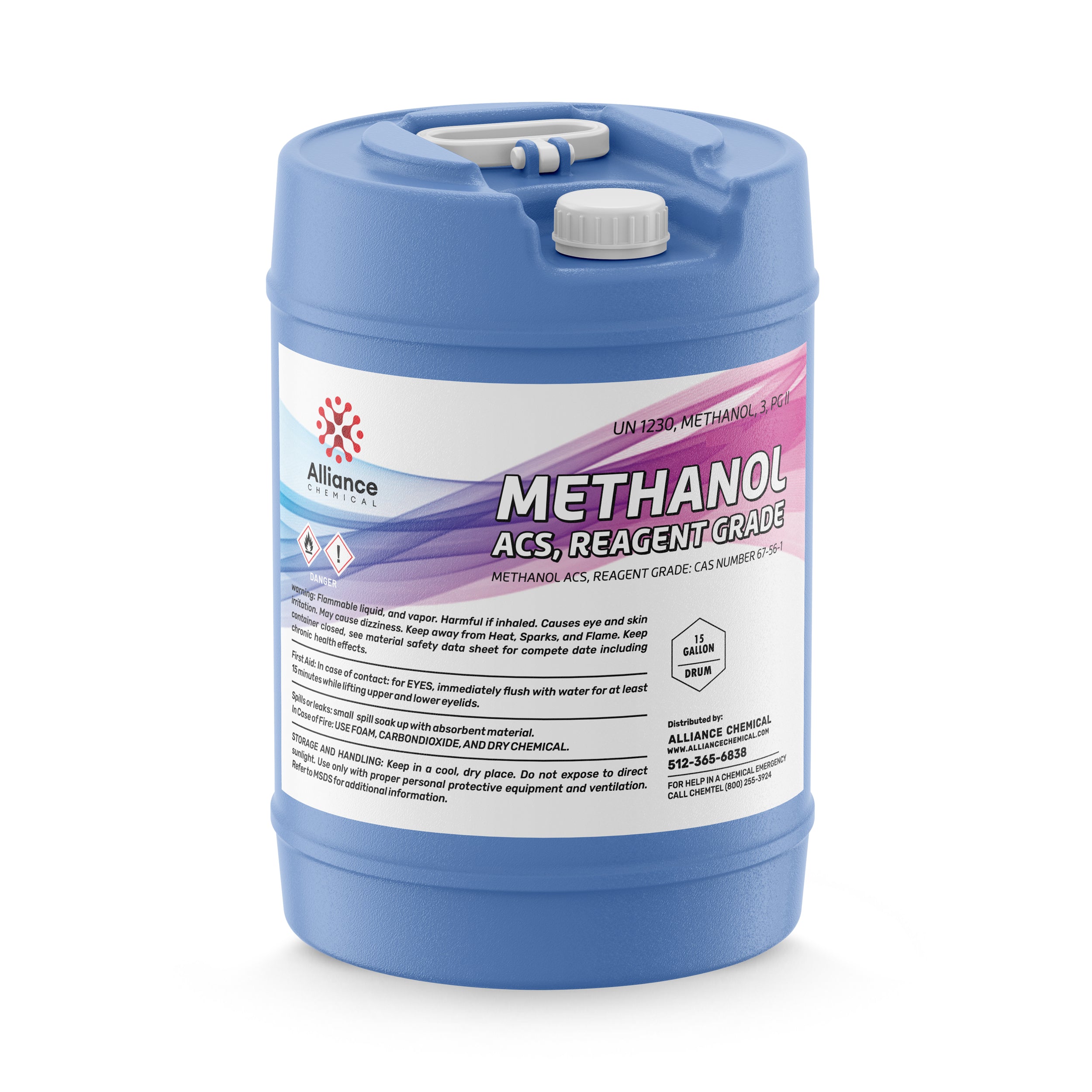
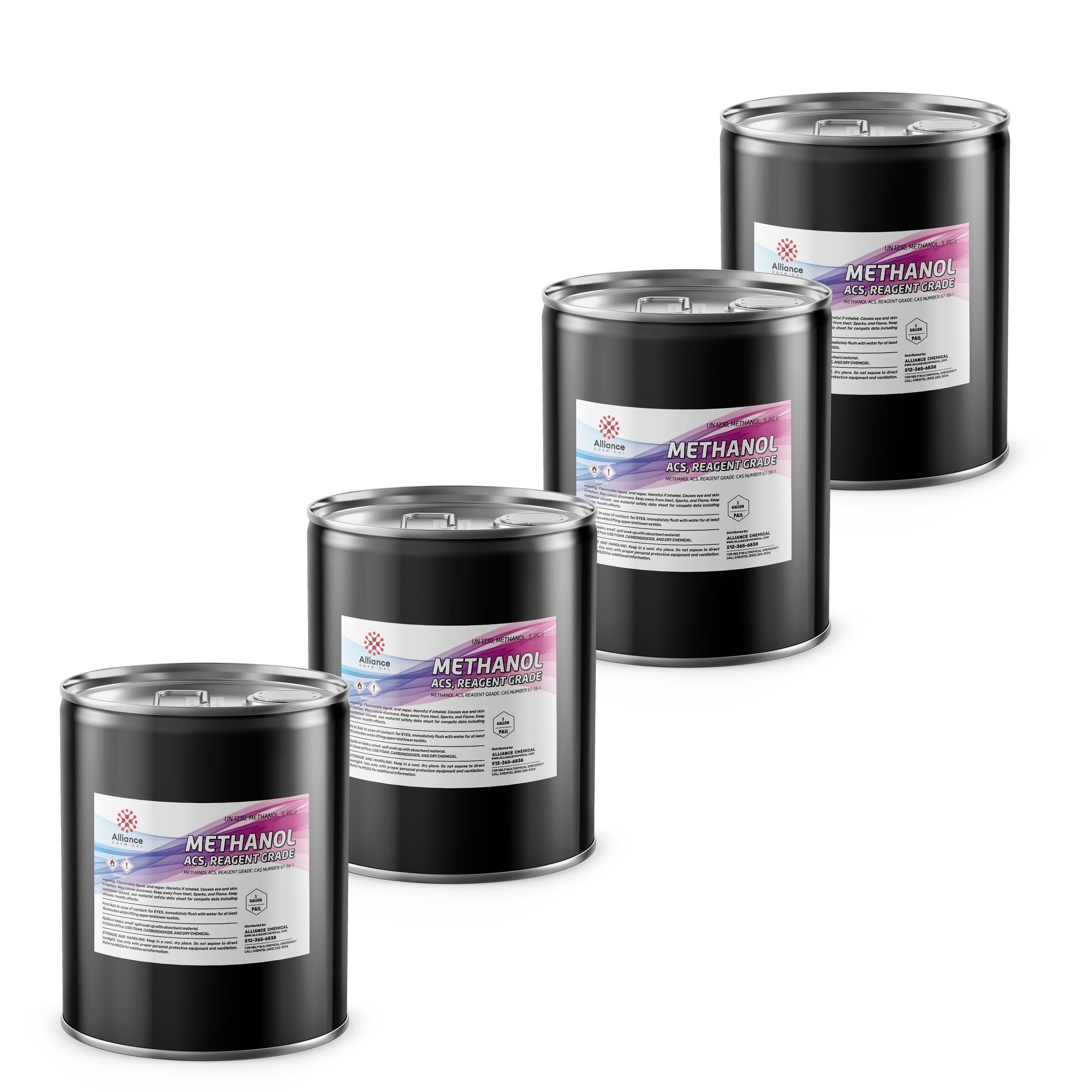

- Description
- Product Documents
Product Overview
Methanol ACS Reagent Grade (CAS 67-56-1), also known as Methyl Alcohol, Wood Alcohol, or MeOH, is a high-purity, volatile colorless liquid widely utilized in industrial and analytical applications. Manufactured to meet or exceed the specifications set by the American Chemical Society, this solvent ensures minimal interference in critical workflows. Its low water content, controlled acidity, and minimal residue make it the standard choice for high-performance liquid chromatography (HPLC), UV-Vis spectroscopy, and fine chemical synthesis.
This product is formulated for consistency, ensuring reliable baselines and reproducible retention times in chromatographic separations. It serves as a versatile solvent for extraction processes and a reactant in the manufacturing of formaldehyde, acetic acid, and various intermediates. Available in packaging ranging from single gallons to 330-gallon totes, it supports operations from bench-scale research to full-scale production.
Key Properties
- Appearance: Clear, Colorless liquid
- Chemical Formula: CH3OH
- Grade: ACS Reagent Grade
- Assay (Purity): ≥ 99.8% (Typical 99.95%)
- CAS Number: 67-56-1
- Boiling Point: 64.7°C (148.5°F)
- Flash Point: 11°C (52°F) Closed Cup
- Specific Gravity (20°C): 0.791 - 0.793
- Water Content: ≤ 0.05%
- Residue after Evaporation: ≤ 0.001%
- Solubility: Miscible with water, alcohols, esters, and ketones
- Color (APHA): ≤ 10
Common Applications
- HPLC Mobile Phase: Used as a primary solvent in reversed-phase chromatography due to its low UV cutoff and low viscosity.
- Spectroscopy: Serves as a reliable solvent for UV-Vis analysis, providing clear optical transmission.
- Chemical Synthesis: Acts as a reactant and solvent in the production of esters, methylamines, and formaldehyde.
- Solvent Extraction: Effective medium for extracting organic compounds in industrial processing.
- Laboratory Reagent: Utilized for general purpose cleaning of glassware and equipment in analytical environments.
- Paint and Coating Formulations: Functions as a solvent for specific lacquers, inks, and adhesives requiring high evaporation rates.
Safety and Handling
Methanol is a highly flammable liquid and vapor (Category 2). It is toxic if swallowed, in contact with skin, or if inhaled. Operations involving Methanol ACS Reagent Grade must be conducted in well-ventilated areas, utilizing explosion-proof equipment. Appropriate Personal Protective Equipment (PPE), including solvent-resistant gloves, safety goggles, and face shields, is mandatory.
Store in a cool, dry, well-ventilated place away from heat, sparks, open flames, and incompatible materials such as strong oxidizers and acids. Keep containers tightly closed when not in use. Refer to the Safety Data Sheet (SDS) for detailed safety, spill response, and disposal guidelines tailored to industrial use.
Benefits
Regulatory Compliance: Meets strict ACS specifications for use in regulated analytical environments.
High Purity Profile: Low trace metals and aldehyde content prevent interference in sensitive instrumentation.
Scalable Supply: Stocked in sizes from 1 Quart bottles to 330 Gallon totes to support diverse operational needs.
Related Products
| Property | Value |
|---|---|
| Molecular Weight | 32.04 g/mol |
| Formula | CH3OH |
| Flash Point | 11 |
| Form | Liquid |
| Solubility | Fully miscible with water and organic solvents |
| Appearance | Volatile clear liquid, transparent |
| Melting Point | -97.8 °C |
| Boiling Point | 64.7 °C |
| Industry | Research, Chemical Manufacturing, Analytical Chemistry, Industrial Solvent |
Other top rated products

















IHBM-XUEM-BAEX
$22.00
$0.00
Liquid error (snippets/product-blocks line 100): divided by 0
Off
Unit price
/
Shipping Notice: Possible Hazmat Fees
💡 Smart Shipping Tip: Quart & Liter Sizes Often Avoid Hazmat Fees
This size may be classified as hazmat and can incur additional carrier fees. See shipping guide
- ✅ Good news: 1 Quart containers qualify as "Limited Quantity" and bypass hazmat rules
- 💡 Pro tip: Order multiple 1 Quart containers to avoid hazmat fees entirely
- 💰 Hazmat fees can get expensive - especially for larger containers (carrier charges, not our markup)
- 🚚 Ground shipping only - no expedited options for sizes over 1 Qt/1L
Required by 49 CFR § 173.150 for chemical containers larger than 1 quart. Actual fees shown at checkout. View our complete shipping guide →
✅ Great Choice! No Hazmat Fees
1 Quart containers qualify as "Limited Quantity" and avoid hazmat shipping fees.
- 🚀 Faster shipping: Eligible for expedited shipping options including air transport
- 💰 No hazmat fees: Ships as "Limited Quantity" per DOT regulations
- 📦 Convenient size: Perfect for testing or smaller applications
- ♻️ Smart choice: Order multiple quarts to get the volume you need without hazmat charges
Exempted under 49 CFR § 173.150 Limited Quantity provisions for containers ≤1 liter/quart. Learn more in our shipping guide →
Size:
Variation:
-
$22.00Delivery every$20.90
-
$26.00Delivery every$24.70
-
$35.00Delivery every$33.25
-
$42.00Delivery every$39.90
-
$31.75Delivery every$30.16
-
$45.85Delivery every$43.56
-
$73.77Delivery every$70.08
-
$2,247.80Delivery every$2,135.41
-
$138.00Delivery every$131.10
-
$485.00Delivery every$460.75
-
$4,000.00Delivery every$3,800.00
-
$325.00Delivery every$308.75
-
$750.00Delivery every$712.50
-
$2,900.00Delivery every$2,755.00
-
$3,500.00Delivery every$3,325.00
-
$3,990.00Delivery every$3,790.50
Compare Products
| Price |
|---|
| SKU |
| Rating |
| Discount |
| Vendor |
| Tags |
| Weight |
| Stock |
| Short Description |
